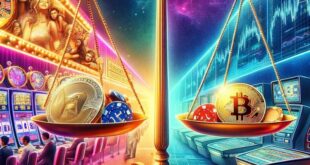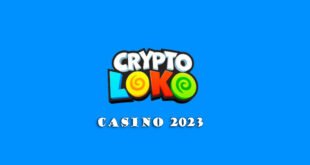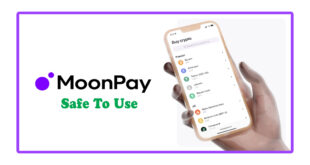Are you a creator? Indeed! How to create an NFT the proposition of earning millions through the sale of your unique creations? Sounds thrilling, right? This isn’t a mere figment of imagination. You can genuinely earn a substantial sum by marketing your digital artwork or any other creations, paralleling the instance of a digital artwork by Beeple, sold for over $69 million.
It’s clearly understood that not everyone has the flair or fortune to reach such a pinnacle of popularity as an artist. However, you can always attempt to craft an NFT, proudly bearing your name. You might incur some losses during the process, but at least you’re actively participating in the current trend, and can share your journey on your social platforms. Viewing from another perspective, the money spent is actually an investment towards the creation of a brand new NFT.
Non-Fungible Tokens (NFTs) are receiving unprecedented attention in today’s digital age. Consequently, individuals worldwide, including celebrities, are splurging substantial amounts to purchase distinctive collectible crypto assets.
In this article, we will provide insights about How to create an NFT and guide you on how to create your personal digital asset. Additionally, we’ll share platforms where you can market these assets.
What is NFT?
NFTs can embody timeless pieces of art, antiquities, or other valuable historical objects typically traded at auctions, confirmed to be singular in their existence. Essentially, an NFT acts as a digital verification of authenticity. These tokens enable files like mp3s, videos, GIFs, JPEGs, or any other format to assert their uniqueness.
Mirroring tangible assets, NFTs can be acquired, stowed away, amassed, obliterated, and traded. This is facilitated by the transparency offered by blockchain technology, which ensures every transaction is in plain sight. Furthermore, the price history is openly accessible to all, even those without an internet connection, which is a major advantage.
How to create an NFT (Step-by-Step Guide)
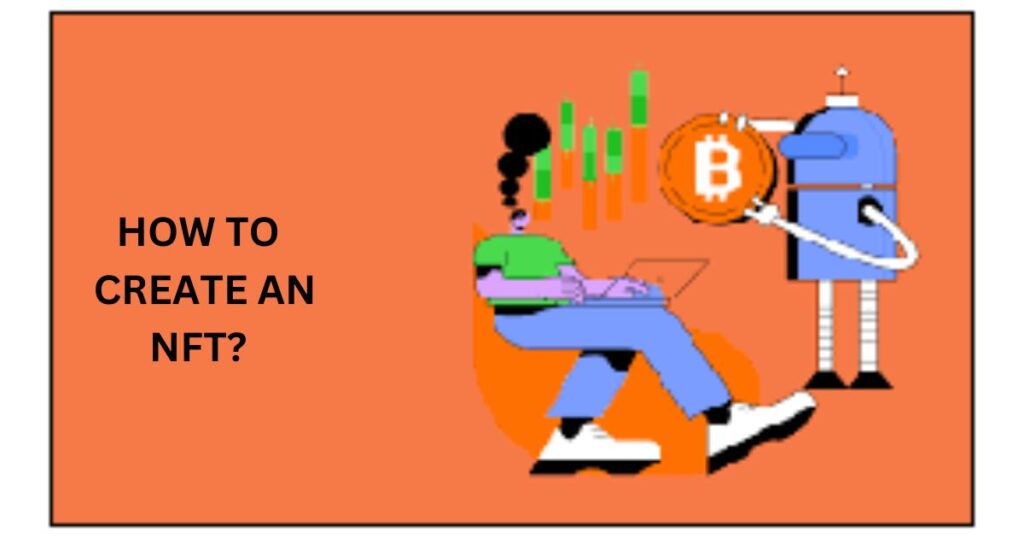
In the same way that metal coins are produced and introduced into the monetary system, NFTs are ‘minted’ by converting your digital artwork into an integral part of the Ethereum blockchain. To put it another way, when a new token is generated on the blockchain and linked to specific content, it signifies that the NFT has been minted.
Once an NFT is minted, it cannot be duplicated or reminted. Hence, it’s considered to be unique. Typically, when an artist mints a new NFT, a commission ranging from 10% to 30% is set, which they receive upon any future resale of their work.
The priciest NFT ever sold was Beeple’s ‘Everyday’, a compilation of 5000 illustrations, each signifying the past 13.5 years, surely a daunting task for the creator to maintain for such an extended period. However, it is not a requisite for all successful NFTs to demand such an intricate endeavor from their creators.
Basic Things Required to Start Creating NFTs
Before we delve into the intricacies of create an NFT, let’s first acquaint ourselves with the fundamental tools necessary to kickstart the NFT creation process. Though we have detailed the 3 key tools below, the exciting part is that all can be conveniently set up via your mobile phone:
- Establish an Ethereum Wallet
Embarking on your NFT voyage without setting up an Ethereum wallet is virtually unfeasible. The creation of a digital wallet is essential for securely storing your crypto assets, which are crucial for creating, buying, and trading NFTs.
Once your Ethereum wallet is established, gaining access to all NFT marketplaces becomes a breeze, as they permit you to effortlessly sign in and create your accounts in a single attempt.
There are numerous platforms offering free wallets for storing an array of crypto coins. A few of them are as follows:
A. MetaMask
With over a million crypto aficionados utilizing MetaMask, it serves as a vital link connecting numerous cryptocurrency apps and NFT marketplaces. Globally utilized, it is available to both iOS and Android users as a browser extension. MetaMask simplifies the purchase of cryptocurrencies, eliminating the need for any other platform.
B. Coinbase
An acclaimed cryptocurrency exchange with a vast user base, Coinbase stands as a suitable choice for newcomers to the realm of digital currency. The platform eases the process of buying crypto and offers high security.
C. Rainbow
A relatively newer platform compared to the previous two, Rainbow has been specifically designed with Ethereum in mind. Perfect for NFTs, wouldn’t you say? Although you cannot store Bitcoin in Rainbow, it poses no hindrance in the creation of NFTs. Plus, the aesthetically pleasing design of the wallet showcases your NFT collection in a clear, visually pleasing manner.
2. Purchase some amount of Ethereum
Transforming your digital art into an NFT incurs a ‘gas’ fee. Acquiring Ethereum will facilitate the payment of this fee and other costs correlated with the generation of NFTs. Regrettably, Ethereum’s price, similar to other cryptocurrencies, is susceptible to fluctuation, making it challenging to predict the exact fee you’ll end up paying.
The ideal approach here is to pre-determine the amount of traditional currency you’re prepared to invest. For example, you might decide to invest in US dollars and purchase an equivalent amount of Ethereum. This strategy ensures you adhere to your budget. Your wallet enables you to directly purchase crypto assets. However, it necessitates buying from a separate exchange and then transferring it to your wallet.
3. Connect your Wallet to an NFT Marketplace
The final and most decisive step involves selecting an NFT marketplace where you wish to generate and sell your NFT. Once you’ve determined the marketplace of your choice, proceed to list your work there.
Suppose you’ve selected Rarible as your NFT marketplace. It is an excellent platform, particularly for novices, due to its user-friendly process enabling you to craft and list your NFT with ease. Therefore, once your wallet is established and Ethereum is purchased, navigate to Rarible’s website and click on the ‘connect’ button visible in the top-right corner of the screen.
Choose ‘WalletConnect’ if you’re using MetaMask or Rainbow wallets, or the ‘Wallet Link’ option if you’ve opted for the Coinbase wallet to store your crypto coins. These connection options support numerous other wallets; you can conduct research to confirm if your wallet is compatible with the platform or not.
The subsequent step remains constant, irrespective of your chosen wallet. You’ll need to use your wallet app to scan the QR code that pops up on your screen following your connection option selection. After scanning the code, link your wallet to Rarible.
Once connected, the platform allows you to verify the purchases made through your wallet app before proceeding further. You’re now equipped to create, mint, and sell your maiden NFT. Best of luck!
How to Mint NFTs?- The Entire Process!
Are you curious about how to create an NFT? It’s not as daunting as it may seem; once you’ve grasped the concept of an NFT and confirmed your intention to sell one, the process of crafting and selling an NFT becomes quite straightforward.
1. Pick your item
Let’s commence with the fundamentals. Initially, you need to identify which digital asset you intend to convert into an NFT. This could range from video game memorabilia, music, artwork, photos, memes, GIFs, or even a tweet. Naturally, the more unique your NFT, the greater the potential value it can accrue.
Given the expansive range of ideas available, the choice of what to transform into an NFT is yours. Everything digital today can become an NFT, making it an opportunity to express your creativity by transforming a digital item into a valuable NFT. For instance, Sir Tim Berners-Lee sold the source code for the World Wide Web as an NFT for $5.4 million.
Creators are free to select any theme for their artwork and use their imagination. Before converting a product or item into an NFT, ensure you own the intellectual property rights to prevent any potential legal issues once the create an NFT.
2. Choose your Blockchain
After identifying the unique digital asset you wish to convert into an NFT, the next stage involves minting it into an NFT, which is where blockchain technology comes into play. You need to decide on the blockchain you will use to mint your NFT. Ethereum is a popular choice for many artists. However, other cryptos like Polkadot, Tezos, Binance Smart Chain, and Cosmos can also be used to mint NFTs.
3. Set Up Your Digital Wallet
We have already discussed how to set up your Ethereum wallet using Rainbow, MetaMask, and Coinbase wallet. Other options are also available, such as Trust wallet, Math wallet, and Alpha wallet. All these wallets provide you with access to your digital assets.
Even with these wallets, remember that you need to acquire Ethereum, Polkadot, Tezos, or any other crypto used for creating NFTs. Ethereum is undoubtedly the best option. If you already possess Ethereum, you simply need to link it to your digital wallet and commence with crafting and selling NFTs.
4. Choose a Platform to Sell your NFT
As the world of NFTs continues to evolve, a multitude of marketplaces have sprung up to cater to various NFT tokens. The following are some of the most notable platforms where you can effortlessly create, sell, and potentially gain substantial profits from your one-of-a-kind creations:
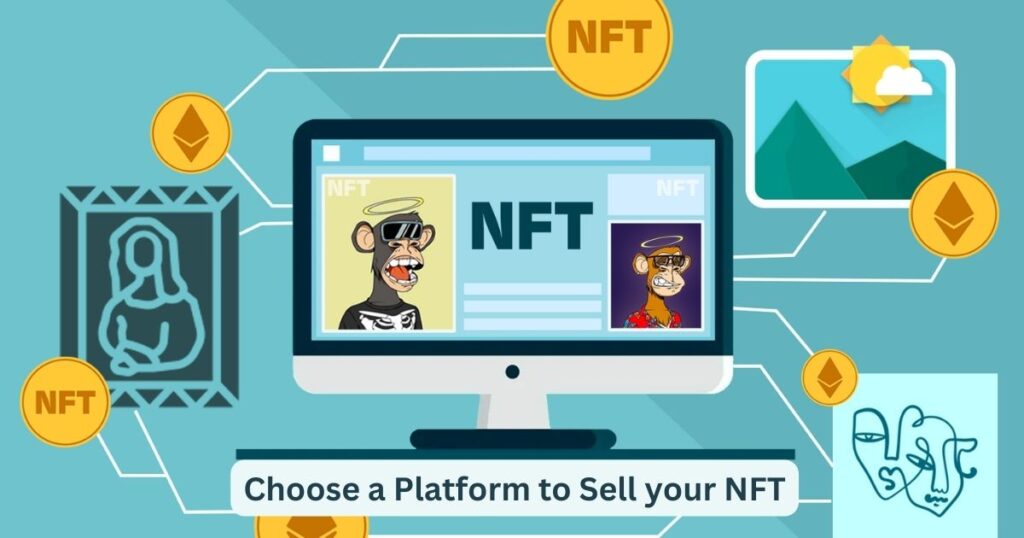
A. Rarible
Rarible stands as a user-friendly platform that allows you to effortlessly showcase your NFTs to a broad online audience. The advantage of utilizing this platform lies in its simplicity – creating and listing your NFT is as straightforward as uploading a video to YouTube.
Furthermore, Rarible empowers digital creators by facilitating the selling process right from sign-up and aiding them in fetching attractive prices for their unique digital assets. The sales and prices can fluctuate greatly, ranging from mere dollars to thousands or even millions, based on the nature of your NFT.
B. Zora
Zora emerges as a top-tier marketplace to sell your NFTs at a lucrative price. It was built on the premise that content creators deserve full control over their work. Zora enables creators to mint an array of items, including images, audio files, videos, and even plain text documents.
Though relatively newer compared to other platforms on this list, Zora has achieved prominence by promoting content accessibility for all creators and users. The platform is considered one of the most appealing destinations for NFTs, hosting collaborations with renowned artists like Mura Masa, Yaeji, Toro y Moi, among others.
C. Nifty Gateway
Nifty Gateway primarily focuses on digital collectibles. Working with acclaimed artists and musicians like Justin Roiland and Grimes, the platform releases exclusive limited-edition collections. Its acceptance of credit card payments is a unique feature among NFT marketplaces.
While the art available here can be expensive, each piece justifies its price. To sell your art on this remarkable platform, you must first apply and wait for approval before listing your work.
D. SuperRare
Living up to its name, SuperRare boasts an array of exclusive NFTs for digital artists worldwide. Unlike conventional marketplaces, SuperRare stands out with its distinctive offerings.
SuperRare’s collection is meticulously curated and welcomes new, talented creators who can bring value to the broader community. The platform’s portfolio is a testament to countless hours of artists’ work. Prices for NFTs can greatly vary, ranging from steep to more reasonable prices, depending on the demand.
E. OpenSea
OpenSea, being one of the oldest NFT marketplaces, hosts a diverse range of content and digital art from various creators. It accommodates all sorts of NFTs, from 3D collectibles to items used in video games.
Whether you’re a professional or a beginner looking to mint and sell NFTs, OpenSea is an excellent choice. The platform is highly accessible for both buyers and sellers. Moreover, it is the first NFT marketplace that has openly experimented with a free creation system for artists.
All these marketplaces provide the ideal setting for you to mint your own NFTs. Just cover the necessary fees, and you’re ready to create and potentially profit from your unique NFTs.
5. Build a Digital file
With everything set up correctly, your next step is to construct a digital file for your NFT. It’s crucial to pick an NFT marketplace that supports your intended file type before you begin crafting your digital art file.
There are numerous ways to express your creativity, display your abilities, and profit from your work. You can transform your digital file into a variety of formats like an image, JPG, TXT, GIF, MP3, or PNG. Want to craft an engaging meme? That can be an NFT. Have a unique piece of decor in your bedroom? That can be an NFT too. What about a savory recipe in a TXT file? Yes, that’s an NFT too.
In essence, anything and everything can potentially become an NFT, provided it holds some monetizable value.
6. Set Up the Sales Process
The final stage of the minting process involves pricing your art and listing it on the marketplace. Once you’ve decided how you want to profit from your NFT, you have three options:
A. Set a Fixed Price
By setting a fixed price, you give your initial customers the option to purchase your NFT at a set rate. This approach allows you to gauge the market value of your NFT.
B. Set a Timed Auction
Another way to price your NFT is by setting up a timed auction. This option lets you identify potential buyers who are ready to make their final bids.
C. Start an Unlimited Auction
This pricing strategy means there is no time limit on the bidding process, and you can conclude the auction whenever you like. The major advantage of this method is it lets you determine the minimum and maximum price for your NFT, and helps you understand your target audience better.
Remember, if your NFT resells on the secondary market, you need to establish your royalties to continue earning from your NFT. Additionally, if you’re hosting a timed auction, decide on the duration. Moreover, take into account the minting fees when setting the price for your digital art to avoid potential losses.
Q1. Can any content become an NFT?
Various NFT marketplaces sell unique digital assets that can be practically anything you conceive – recipes, songs, memes, paintings, even whole startups. Currently, there are no set criteria or limitations on the kind of content that can be tokenized as an NFT.
The world, both online and offline, continues to experiment with the types of work that can be turned into NFTs. With the sustained demand for digital artwork, your creativity can earn you considerable rewards by introducing unique digital assets that can’t be duplicated.
Q2. What Do I Necessary to Start Creating NFTs?
If you’re interested in create an NFT, you’ll need a few things. Firstly, essential tools like a crypto wallet and some Ethereum are needed. Even if you’re new and unfamiliar with these terms, you can learn about the basics of cryptocurrencies and NFTs on the internet.
So, to commence your journey in creating NFTs, you need to set up a crypto wallet, buy some Ethereum, and link your wallet to an NFT marketplace.
Q3. Can we Create NFT for Free?
Have you encountered the term ‘lazy minting’? This refers to the method of minting where an NFT can be minted off the blockchain when a sale occurs. As such, the creator isn’t required to pay any upfront gas fees for the creation of their NFT.
However, keep in mind that not all NFTs can be minted free of charge. The creation of some NFTs involves complex computational processes that require extensive networks of desktops or laptops. Moreover, after using the Ethereum network to mint your NFTs, you will need to cover the gas fee, which compensates for the effort and energy expended in the computations. Note that this gas fee is variable.
Therefore, it is advisable to select a platform for creating and selling your NFT beforehand, as this will allow you to estimate the gas fees. A useful tool for estimating gas fees across major NFT marketplaces is the NFT Gas Station Tool.
Q4. Why are NFTs so Expensive?
NFTs tend to be costly on the Ethereum network. Remember, each NFT is unique and cannot be duplicated, effectively making them collector’s items. Their inherent rarity and uniqueness drive up their price, which is why NFTs often carry a high price tag.
Considering creating an NFT? Now that you’re armed with the necessary information, why not give it a shot? It’s undeniably a promising opportunity in the current market. Stay tuned for more updates on NFTs and cryptocurrencies in the weeks to come.
Q5. Is it a necessity to employ an NFT marketplace for the creation of an NFT?
The choice is entirely up to you. You have the option to create your own smart contract and deploy it to your chosen blockchain. Once the blockchain is selected, you can start minting tokens. However, this process can be technically challenging and may be better suited to those who are technologically adept and familiar with blockchain operations. Thus, not everyone can create NFTs without the aid of an NFT marketplace.
That sums up everything you need to know about minting NFTs. Stay tuned for more discussions on topics related to cryptocurrencies, NFTs, and strategies for increasing your earnings.
Read More Article : How to Avoid Getting Scammed on PayPal? Best Tips and Tricks

